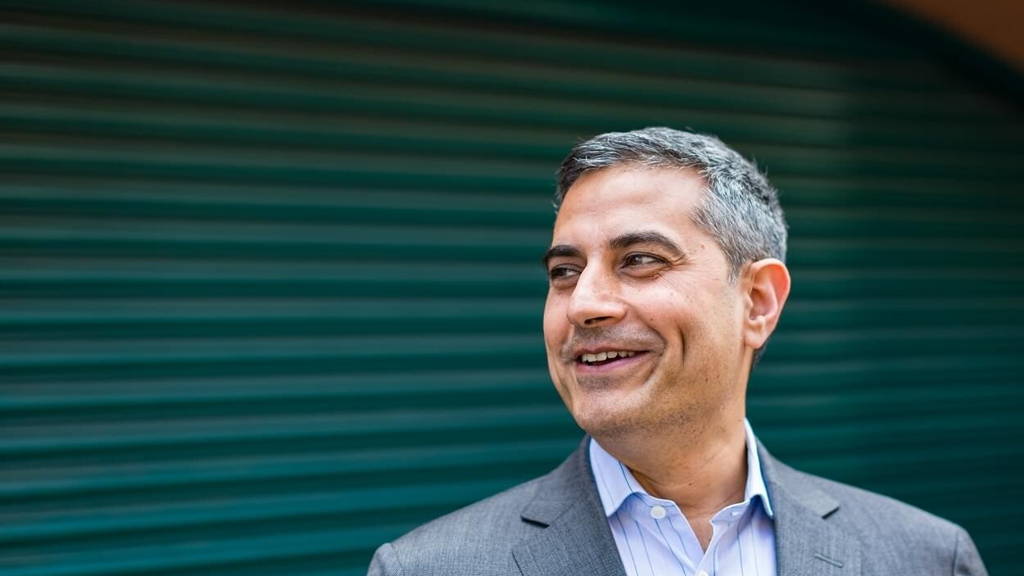What criteria do you – as a VC investor – follow when evaluating the market potential of digital health startup?
Typically, all VCs in most industries will look for things that address a very large market ("very large" in VC terms means 100s of millions of revenue potential) and a driven team which will be able to build a product and scale it. In digital health, we use additional filters, for example, payers' willingness to pay for an outcome that the startup can achieve. Personally, for the last few years, I have not been investing in startups that are simply taking bricks and mortar experience and digitizing it. There is very little left out there where you can still have a competitive advantage. At a minimum, the startup should be targeting to deliver a significantly better outcome than current options.
Is there such a mistake, which is often made by young companies, and which can destroy even the most visionary plans and ideas?
Many founders come to the conclusion that the reason why something is not happening today is that there is no product on the market, but sometimes it is the opposite. Sometimes, there are no products on the market because of other reasons, such as market failure or reluctance of payers to reimburse. Before the founder dive into an idea, they should want to study the reasons why no product yet exists more carefully.
What do successful healthcare startups have in common?
I have found that most healthcare startups that succeed have a profound understanding of the science behind the problem they are solving and have strong engagement with their users and payer.
Please give examples of two digital health startups that you have recently supported.
It is really hard to pick favorites from my portfolio, but in terms of relevance for today, I would select Fluidic Analytics and Ieso. Fluidic Analytics has developed a unique technology to measure interactions between proteins and have been working with leading researchers in the field of Covid-19 to try and create a new coronavirus test. It is early days, but the speed with which they were able to deploy their technology to address an entirely new problem is awe-inspiring. Ieso Digital Health provides CBT to patients of depressions and generalized anxiety using chat. They were able to continue to serve their people throughout the lockdown when traditional providers were unable to help.
Some startups aim to "disrupt healthcare." But should innovators always think in terms of "disruption"?
Disruption has many meanings in the English language. Still, when it comes to innovation, we are talking about "disruptive innovations," as defined by Clay Christensen, which he first introduced in his 1997 book "The Innovator's Dilemma."
In fact, disruptive innovation is the opposite of what disruption has come to mean in common usage. Disruptive innovation starts by serving a small subset of users who are currently not being served by mainstream providers. In its classical sense, it seems like a very good idea to serve patients who are currently not being served well and, over time, become a mainstream provider. I don't think we should disrupt healthcare; maybe we should disrupt those suppliers of healthcare products who are no longer innovating and meeting the needs of their users.








